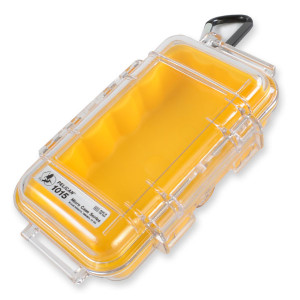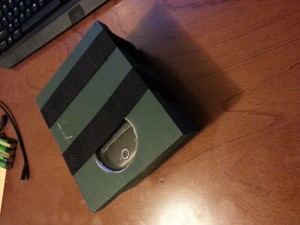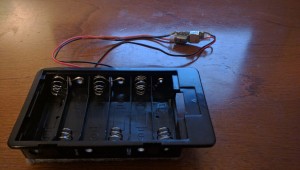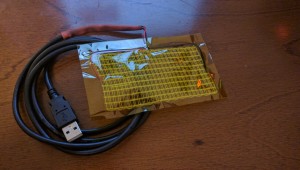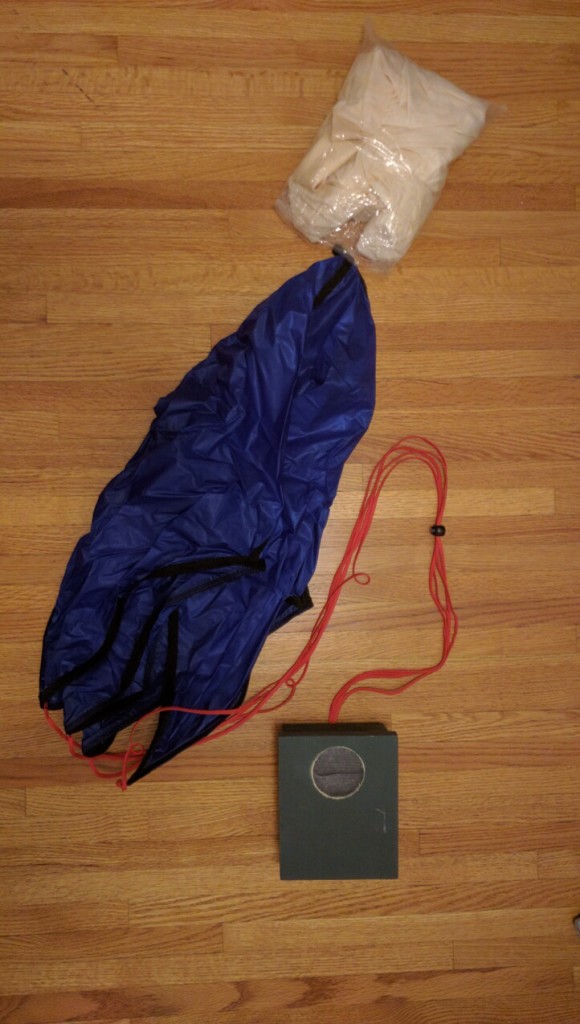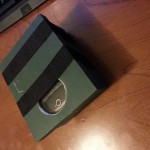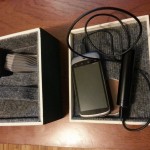I was playing around with this software this morning and decided to capture the FPS from a game of BF3 TDM. Using the FRAPS tool, I logged the FPS to an excel file and graphed the findings. The optimized settings look to be doing their thing as the FPS never really drop below the magical 60 mark. I think the FPS I get is not what’s important here, it’s how the optimized settings come together to keep my game above 60 FPS. It’s also interesting how much the FPS jumps around. I was expecting more or less a straight line. I’m guessing the graphical loads in a game of TDM change based on the action.
Any who, here’s the graph:
X-axis – FPS
Y-axis – Time in sec
UPDATE:
Tonight, I did a couple tests with battlefield 4.
About half way though this capture I switched from the optimized setting to an Ultra setting.
I lost about 20FPS right away, and the game felt that much worse – choppy and such. Nice to see that it’s doing its thing.
With the optimized settings, I pretty much say goodbye to anti-aliasing, and make the switch from ultra-to-low on some of the other settings.
And there is no headroom for scaling. This game is really demanding relative to battlefield 3!



